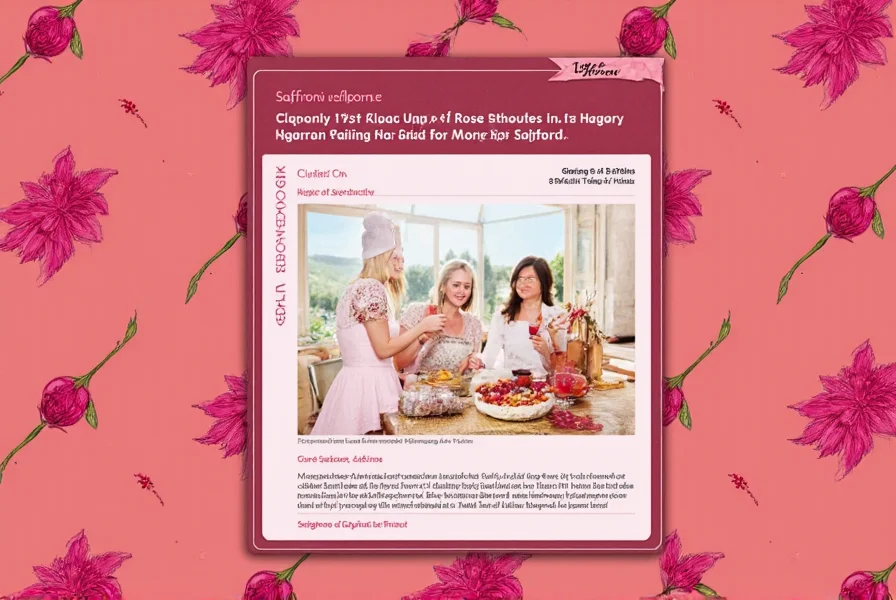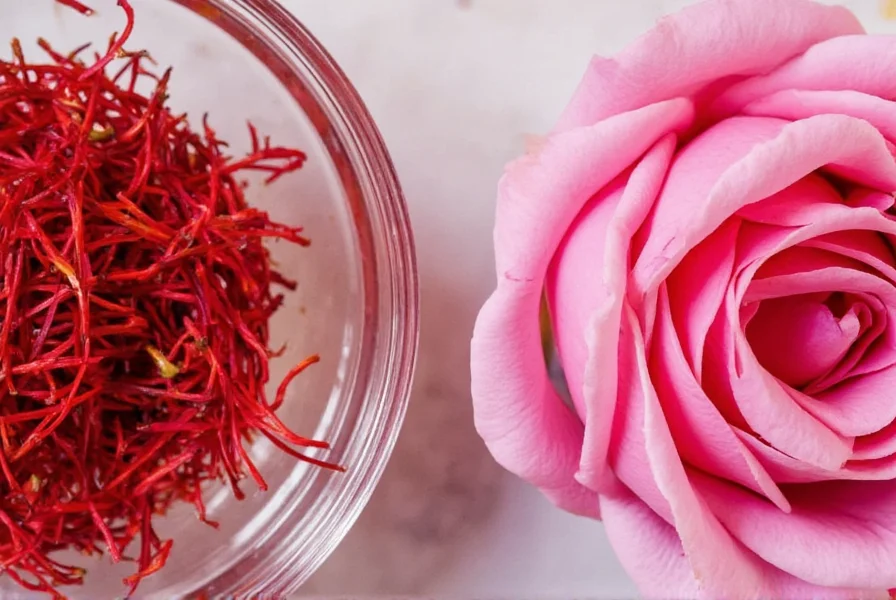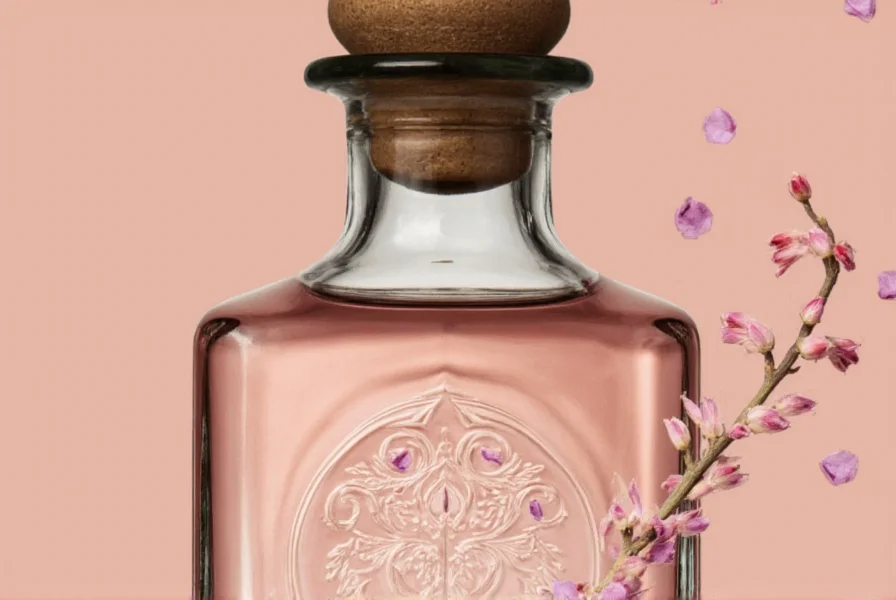For centuries, saffron and rose have shared a special relationship in global culinary traditions. This dynamic duo appears in ancient Persian cookbooks, Mughal-era Indian recipes, and traditional Middle Eastern confections. Understanding how to properly combine these precious ingredients unlocks flavors that have delighted palates across continents and generations.
The Historical Connection Between Saffron and Rose
Both saffron and rose have been cultivated for thousands of years, with archaeological evidence showing their use in ancient Persian and Egyptian civilizations. Historical records indicate that Persian royalty frequently combined these ingredients in both culinary and medicinal applications. The famous Persian dish sholeh zard (saffron rice pudding) traditionally includes rose water as a key flavor component, a practice that spread throughout the Islamic world during the medieval period.
Trade routes like the Silk Road facilitated the exchange of both ingredients between Asia and Europe. In medieval Europe, apothecaries commonly prescribed saffron and rose combinations for various ailments. This historical synergy explains why certain regional cuisines feature this pairing so prominently today.
Understanding Flavor Chemistry: Why Saffron and Rose Work Together
The successful pairing of saffron and rose stems from their complementary chemical profiles. Saffron contains safranal, which provides its distinctive earthy, honey-like aroma with subtle metallic notes. Rose, particularly when used as rose water or rose oil, contributes phenylethyl alcohol and geraniol, creating a sweet floral profile.
When combined, these compounds interact to create a more complex flavor experience than either ingredient alone. The floral notes of rose enhance saffron's honey characteristics while tempering its potential bitterness. This synergy makes the pairing particularly effective in:
- Rice dishes where saffron provides color and base flavor while rose adds aromatic complexity
- Desserts where both ingredients balance sweetness with sophisticated floral notes
- Beverages where their combined aromatics create an immersive sensory experience
| Ingredient | Primary Flavor Compounds | Complementary Role |
|---|---|---|
| Saffron | Safranal, picrocrocin, crocin | Provides earthy base, golden color, subtle honey notes |
| Rose (water/oil) | Phenylethyl alcohol, geraniol, nerol | Adds floral complexity, balances saffron's intensity |
Practical Culinary Applications for Saffron and Rose
Mastering the saffron-rose combination requires understanding proper usage techniques. Unlike many spice pairings, this duo works best when ingredients are introduced at specific stages of cooking to preserve their delicate aromas.
Rice Dishes: For traditional Persian tahdig or Indian biryani, soak saffron threads in warm milk or water first, then add rose water during the final steaming phase. This two-stage approach ensures both flavors remain distinct yet harmonious. The recommended ratio is 15-20 saffron threads per cup of rice with 1-2 teaspoons of rose water.
Desserts: In rice puddings or milk-based sweets, add saffron early in the cooking process to extract maximum color and flavor, then incorporate rose water during the cooling phase. This preserves rose's volatile compounds that would otherwise evaporate during prolonged heating.
Beverages: For saffron-rose tea or lassi, steep saffron threads in hot water first, then add rose water just before serving. This technique creates a layered drinking experience where saffron's earthiness emerges first, followed by rose's floral notes.

Quality Considerations for Optimal Results
Not all saffron and rose products deliver the same quality. Understanding grading systems helps achieve authentic results:
Saffron: Look for ISO 3632 category I saffron with high crocin content (coloring strength) and safranal levels. The threads should be deep red with minimal yellow styles. Avoid powdered saffron unless from a trusted source, as it's frequently adulterated.
Rose Products: For culinary use, choose food-grade rose water or rose otto specifically labeled for consumption. Many cosmetic-grade rose waters contain additives unsuitable for cooking. The best rose waters list only "rose distillate" or " rosa damascena water" in the ingredients.
Proper storage significantly impacts quality. Keep saffron in an airtight container away from light and moisture. Rose water maintains freshness longest when refrigerated after opening. Both ingredients lose potency over time, so purchase in quantities you'll use within 6-12 months.
Avoiding Common Pairing Mistakes
Even experienced cooks sometimes misstep with this delicate pairing. The most frequent errors include:
- Overpowering one ingredient: Using too much rose water can create a perfume-like flavor that overwhelms saffron's subtlety. Start with small amounts and adjust gradually.
- Adding at the wrong time: Adding rose water early in cooking causes its volatile compounds to evaporate. Introduce it during the final stages of preparation.
- Using incompatible forms: Combining saffron threads with rose oil often creates an unbalanced flavor profile. Stick with either liquid (rose water with saffron infusion) or oil-based (saffron oil with rose oil) preparations.
- Neglecting regional variations: Persian cuisine typically uses less rose water than Indian preparations. Respect traditional ratios for authentic results.

Traditional Recipes Showcasing Saffron and Rose
Several iconic dishes demonstrate this pairing at its finest:
Sholeh Zard (Persian Saffron Rice Pudding): This ceremonial dessert combines basmati rice, sugar, saffron, and rose water, often garnished with cinnamon and slivered almonds. The saffron provides vibrant color and earthy depth while rose water adds aromatic complexity.
Luqaimat (Emirati Sweet Dumplings): These deep-fried dough balls soak in a syrup infused with saffron and rose water, creating a distinctive flavor profile that defines Gulf region desserts.
Rose and Saffron Lassi: A refreshing Indian beverage that balances yogurt's tanginess with the floral notes of rose water and the subtle earthiness of saffron, often enhanced with cardamom.
Modern Interpretations of This Classic Pairing
Contemporary chefs continue to innovate with saffron and rose, applying them to unexpected dishes while respecting their traditional relationship. Some creative applications include:
- Saffron-rose infused olive oil for salad dressings
- Modern interpretations of Persian jeweled rice with added rose elements
- Saffron-rose panna cotta with pistachio crumble
- Artisanal saffron-rose chocolate creations
The key to successful modern applications remains respecting the delicate balance between these ingredients. Chefs who understand their historical context and flavor chemistry create the most compelling contemporary dishes.
Non-Culinary Applications Worth Noting
Beyond cooking, saffron and rose appear together in traditional beauty preparations and wellness practices. Many Middle Eastern and South Asian cultures use this combination in:
- Natural face masks combining saffron milk and rose water
- Traditional hair care treatments
- Medicinal preparations in Ayurvedic and Unani medicine systems
While scientific research on these applications continues, their longstanding cultural significance demonstrates the enduring relationship between these two botanical treasures.











 浙公网安备
33010002000092号
浙公网安备
33010002000092号 浙B2-20120091-4
浙B2-20120091-4